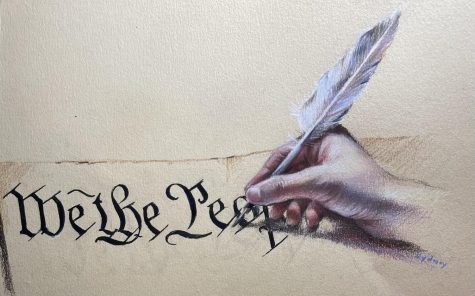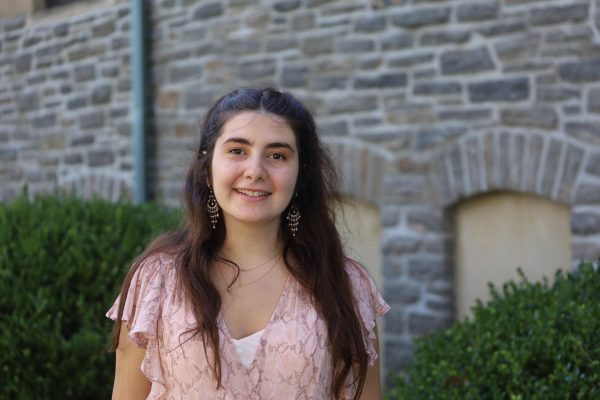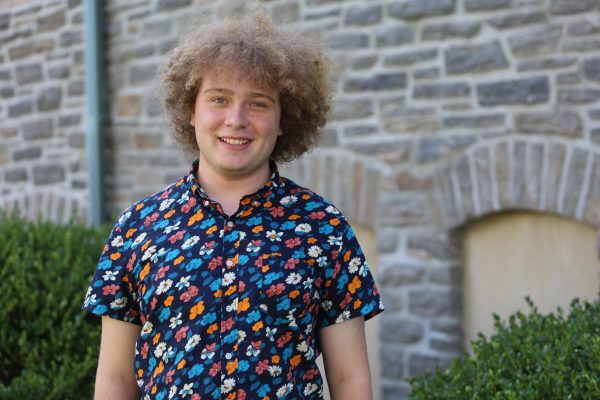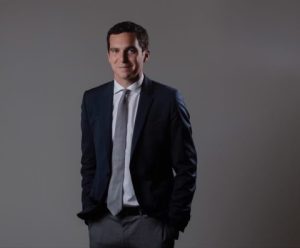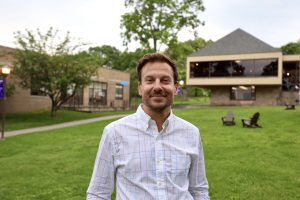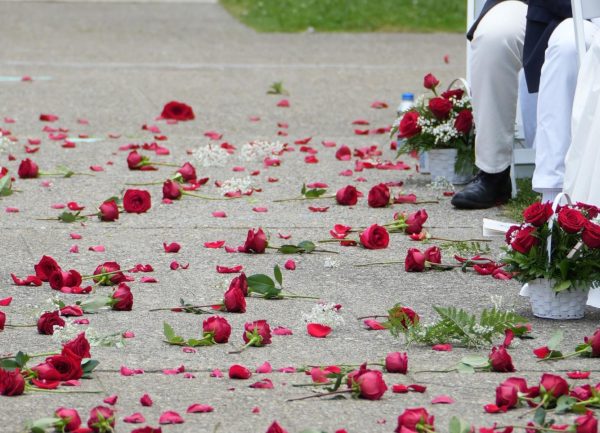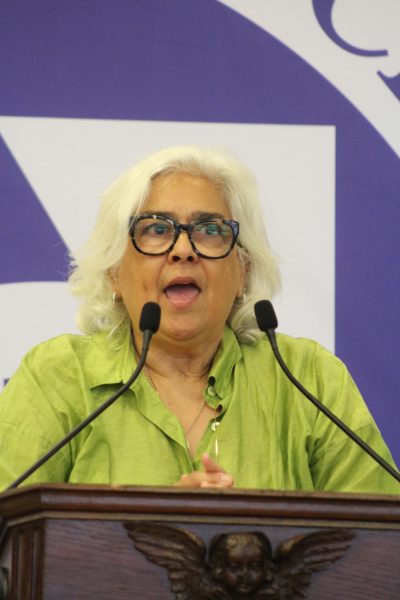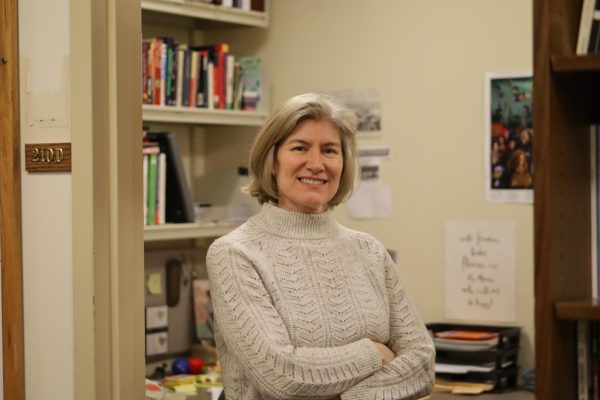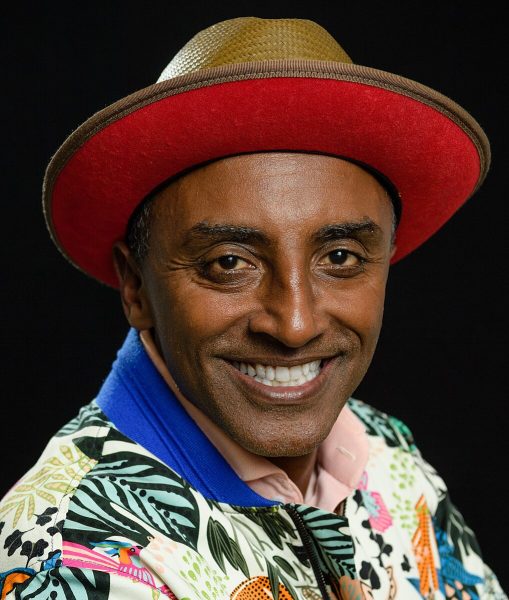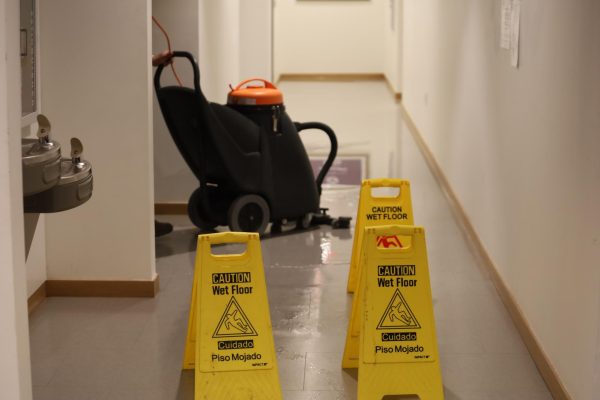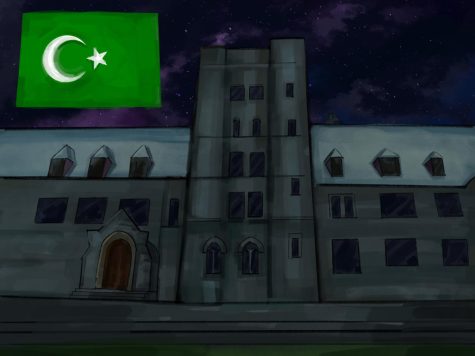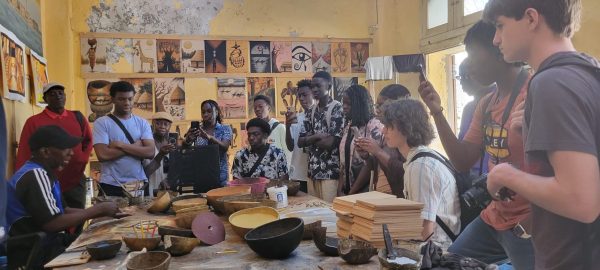Proposed constitutional revisions aim for clarity in procedure, voting
December 8, 2021
he Community Government constitution has not been amended for nearly a decade. Though no sweeping changes are in the works, this year, Executive Committee is embarking on an overhaul of the constitution, building upon work done by last year’s Co-Chairs Sophia Viscarello and Caio Martins Lanes, among others including the current Co-Chairs, Annie Fabian and Caleb Jakes.
This set of revisions is less about making big changes and more focused on clarifying details not clearly outlined in the past. Eileen Dieck, one of the four faculty representatives in EC who has been a regular attendee of meetings for the past 17 years and has witnessed the last two sets of revisions in addition to this one, said, “I don’t think there are as many substantive changes; it’s more adapting to new circumstances.”
Viscarello, currently a freshman at Hamilton College in upstate New York, spoke about the thought process that she and the others had while revising the constitution. “What Caio and I and all of the other student leaders during the 2020-2021 school year really wanted to focus on was creating a constitution that would be upheld by the Administration and will allow Executive Committee to have a higher level of certain power within the School, and it’s the only student-run government organization at Masters,” she said. “We were trying to elevate the student voice and also just have a central document that was agreed upon between both the Administration and the student body.”
An example she gave was an article in the constitution about a new proposed rule that would allow Executive Committee to call a mandatory all-school meeting. “This was not agreed upon or upheld by the Administration,” said Viscarello, “so we worked to come to a middle ground about a way that we could incorporate that kind of power into Executive Committee while still making it reasonable and something that the Administration would agree with.”
Among the important revisions are the placement of the School’s mission statement into the constitution for the first time. It is also clarified that the Upper School consists of: “all employees and Upper School students.”
Fabian expressed her belief that this more clear definition of who the Upper School community comprises will be the most impactful of the changes to the constitution. “In the past, for elections for Co-Chair and things like that, the Upper School community has encompassed a lot of people,” she said. “It was included that any spouses of faculty were a member of the community and therefore could vote on things, and spouses of faculty don’t have as much of a stake in the community as students, faculty, things like that. And one of the revisions is to make it a little more clearer who is a part of that community, and to what degree different members should be able to vote on elected officials.”
The revisions are necessary work, but going over a whole constitution tirelessly for months is quite a tedious task. Viscarello professed her gratitude to all those who worked with her on the revisions, especially after she and Lanes graduated, saying, “It was a huge project. It was a year-long project, it was late-night meetings and hours and hours of work spent. It was a huge undertaking, and I really appreciate all the work that people put in.”
Further amendments include the mandate that all minutes will be published on the Executive Committee’s website, which is a practice that, until now, was simply an unwritten custom done by the secretary. The revisions also formally establish another precedent already de facto put into practice: weekly meetings.
For the constitutional amendments to pass, over fifty percent of the electorate must vote and two thirds of those voters must vote “yes.”
